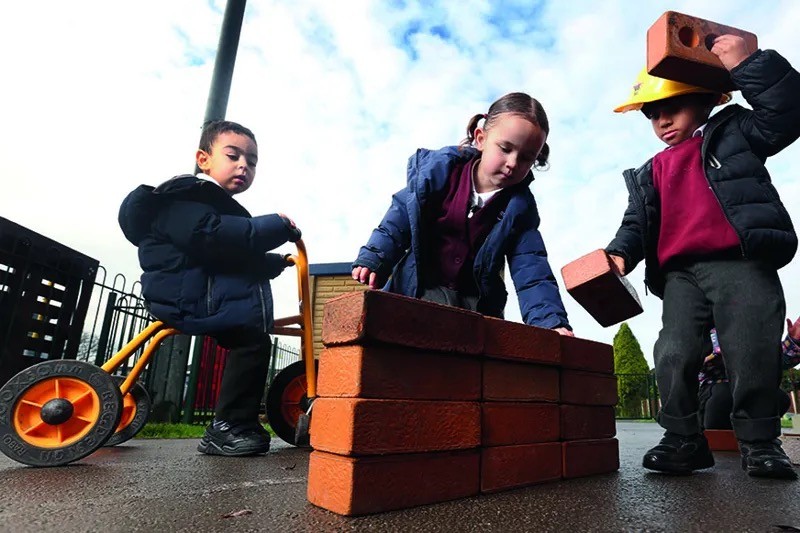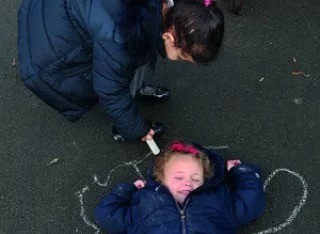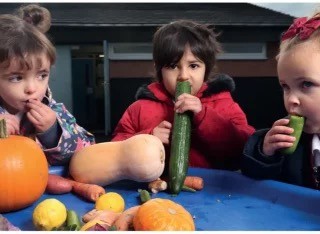4-part series on developing children's spatial reasoning
Professor Emily Farran has co-written this four-part series that explores different approaches to developing and facilitating children's spatial reasoning.
Spatial reasoning part 1: Using the outdoors to develop this essential skill
Spatial reasoning is happening all the time, in everyday activities in and outside the early years setting. Children are using spatial reasoning when they hide objects in the sand, find a place to sit on the carpet and when they build a tower during block play.
The outdoors environment is rich in spatial learning opportunities. This article highlights some key examples of how parents and teachers can ’spatialise’ outdoor activities for children, based on the Spatial Reasoning Toolkit.
Read the full article here: https://www.nurseryworld.co.uk/content/features/spatial-reasoning-part-1-using-the-outdoors-to-develop-this-essential-skill

Spatial reasoning part 2: Developing 'body sense'
Early sensorimotor experiences support the beginnings of babies’ awareness of spatial relationships, as well as their awareness of the properties of shapes. This is known as ‘embodied learning’, and the embodied approach to learning significantly benefits children’s spatial development. Most notably, opportunities to learn in this way increase as children become more mobile.
This article explores the different types of spatial learning children can benefit from, and how adults can support their spatial development.
Read the full article here:
https://www.nurseryworld.co.uk/content/features/spatial-reasoning-part-…

Spatial reasoning part 3: Differences between sliced and whole...
During spatial play, adults can use spatial language and gestures when pointing out the properties of objects, allowing children to model this. Children need to explore a range of irregular and 'nearly' shapes to really understand shape dimensions, names and properties.
The article outlines a case study illustrating the use of traditional tales, such as Goldilocks, alongside food items and props, to help children understand shape properties and sizing.
Read the full article here: https://www.nurseryworld.co.uk/content/features/spatial-reasoning-part-…

Spatial reasoning, part 4: Working out how things fit together
Construction and jigsaw puzzles involve children in fitting shapes together, or into gaps. As they do this, they learn about shape properties, estimate size and develop rotation skills. They begin to predict what will fit where or what new shapes they will create. Children visualise what objects will look like when moved, turned, flipped or combined with other objects.
This article provides opportunities for supporting construction activities in a variety of settings, and emphasises how the problem-solving skills facilitated by such activities can have a positive impact on children’s mathematical development.
Read the full article here: https://www.nurseryworld.co.uk/content/features/spatial-reasoning-part-4-working-out-how-things-fit-together
